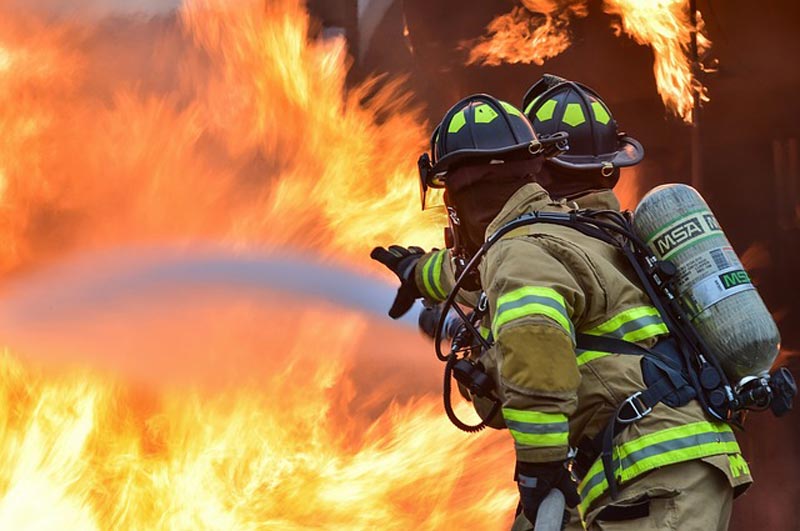
Fire safety on industrial sites is an important issue. The National Fire Protection Association found that every year, there are over 37,000 fires at industrial and manufacturing facilities. Not only do these disasters cost companies money, but they cost lives.
Industrial fires are not always preventable, but fire safety awareness greatly reduces the risk of their occurrence. The best way to avoid a fire is to mitigate risk. Of course, this process is not easy in an industry that is always evolving.
In the past, wet bench materials only dealt with the corrosive nature of industrial chemicals. As fire safety grew in importance, fire retardant materials were introduced. Still today, experts argue over the best fire safe materials for wet benches.
If you are looking for the latest information in wet bench fire safety, check out the tips below.
Adequate Construction
Before a single chemical touches the wet bench, facility managers need to make sure that the wet bench is constructed properly. This process means not only is the wet bench made of fire-resistant materials but its exhaust ducts and drain lines as well.
The fire retardant standard for these materials must meet the FM4910 protocol. By adhering to these standards, manufacturers can develop materials with less smoke, combustion, and corrosive by-products. This standard mitigates risk and saves money.
Mixing Chemicals
The greatest risk of disaster occurs when mixing chemicals. All manufacturers working with wet benches should be aware of their specific safety protocols.
One of the most basic protocols is never to mix an acid and a base. Even high school chemistry students know that this creates a destructive exothermic reaction and explosion. This mistake can directly lead to property damage and loss of life.
Cleaning Properly
If all materials are not cleaned properly at the conclusion of your work, it will increase the risk of fire.
All solvents must go in their particularly labeled trash bins. Any random drops of chemical should be diluted before they are pushed into the wet bench holes. Clean all bottles before replacing them. The wet bench should be completely clean and dry before the worker leaves.
Adequate Fire Suppression
If a disaster occurs, an adequate fire suppression system is crucial. This system is the only thing that can prevent catastrophic monetary losses.
This system should include a UV or IR sensor that can detect fire. When detected, some fire extinguishing agent should be immediately released. This option might be mist, FM200, or CO2.
Consider the placements of the system as it is vital to its effectiveness. Sprinklers should be able to reach the wet bench fully.
Wet Bench Fire Safety
The more than 37,000 fires at industrial sites cost those companies a collective $1.2 billion. Although fire safety requires some investment in materials and training, it certainly costs less than those losses.
Processing chemicals and dealing with the subsequent chemical waste is a delicate and dangerous process. It is one that businesses cannot afford to get wrong.
If you are looking for more advice regarding wet benches, make sure to check out our blog page.
Established in 1994, Superior Automation provides cutting-edge automation solutions for customers around the globe, ensuring quality control and meeting industry safety and compliance standards.
